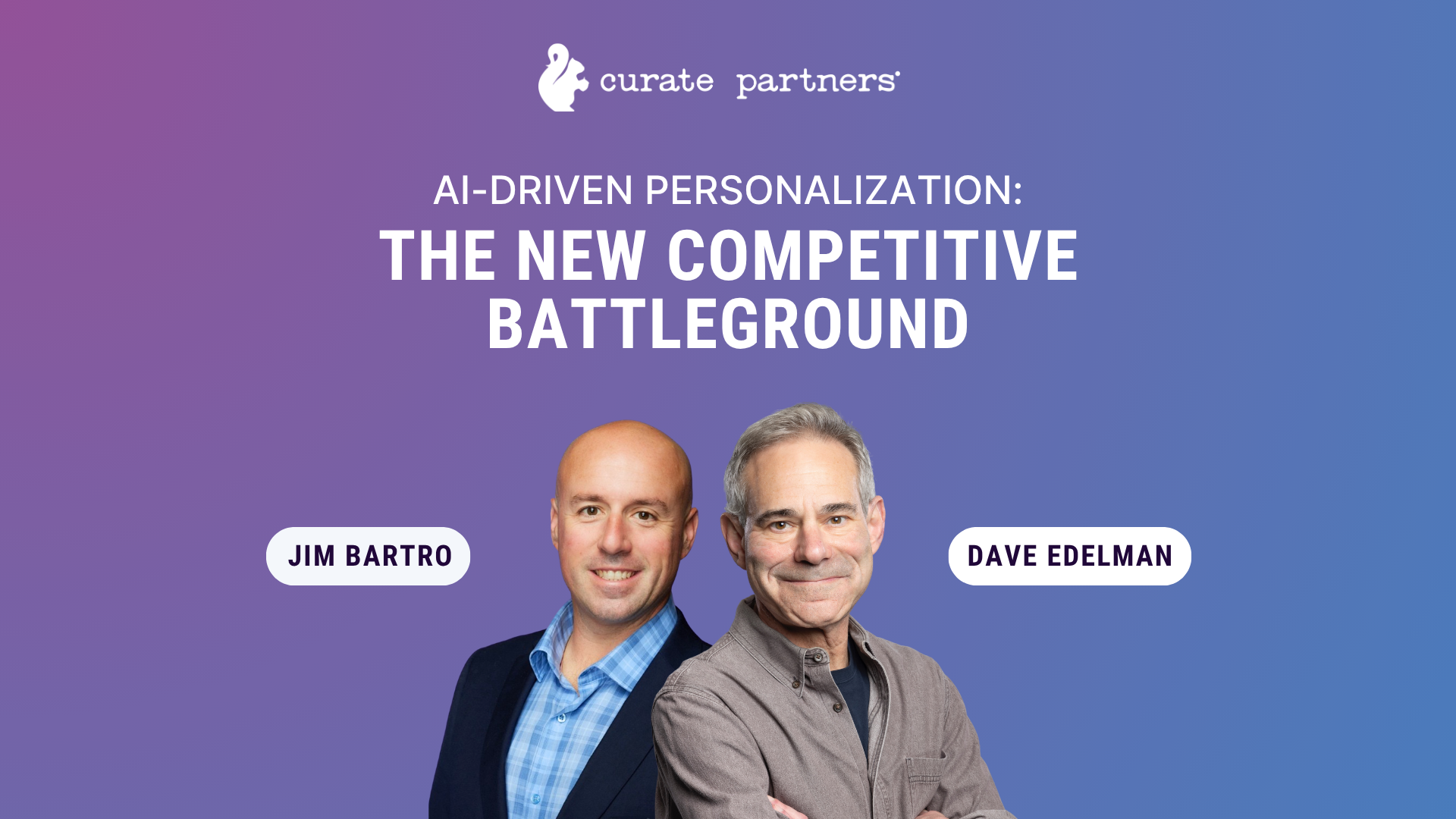The Blackboard Architectural Pattern:
A Collaborative Approach to Complex Problem-Solving
As businesses and technologies evolve, the complexity of the systems we develop increases. Many organizations, particularly those leveraging artificial intelligence (AI) and expert systems, face intricate challenges that require expertise from multiple domains. How can we design systems that enable specialists—whether human or machine—to work together to solve complex problems efficiently? One powerful solution is the Blackboard architectural pattern, a design approach widely used in AI, expert systems, and various domains requiring collaboration between specialized components.
Whether you’re an enterprise leader seeking scalable solutions or a job candidate looking to enhance your skills in cutting-edge technologies, understanding the Blackboard pattern offers significant insights into how modern systems approach complex problem-solving. In this article, we’ll break down what the Blackboard pattern is, explore its benefits, and demonstrate how Curate Partners can support your needs with specialized talent and expert consulting services.
What is the Blackboard Architectural Pattern?
The Blackboard architectural pattern is a design model that encourages collaboration among multiple specialized components—often called knowledge sources or experts—to solve a problem. This pattern is decentralized, modular, and emphasizes parallel processing, making it ideal for complex systems where expertise from different domains is needed to arrive at a solution.
At the core of the pattern is the blackboard, a shared workspace where data, problem states, and proposed solutions are stored. Various knowledge sources independently analyze the data on the blackboard and contribute their findings. A control component, often called a scheduler, manages when and how these knowledge sources interact with the blackboard to ensure orderly problem-solving. The process continues iteratively until the system reaches a satisfactory solution.
Key Components of the Blackboard Pattern
- Blackboard: The central shared space that holds the current state of the problem, data, and intermediate solutions. All knowledge sources read from and write to the blackboard.
- Knowledge Sources (Experts): Specialized components responsible for specific tasks. Each knowledge source operates independently, contributing its domain-specific expertise to the problem-solving process.
- Control Component (Scheduler): A mechanism that coordinates the activities of knowledge sources, deciding when and how each source interacts with the blackboard based on the current problem state.
- Conflict Resolution: Mechanisms to resolve competing hypotheses or solutions when multiple knowledge sources provide conflicting information.
- Data Flow: Information flows between the blackboard and knowledge sources, with data being read, processed, and updated iteratively.
How the Blackboard Pattern Works
Imagine a complex problem, such as diagnosing a medical condition or translating a document into multiple languages. In both scenarios, multiple experts or systems need to analyze various pieces of information to come to a conclusion. The Blackboard pattern facilitates this collaborative problem-solving process in the following way:
- Initial Problem Setup: The system begins with an initial state on the blackboard. This may include input data, a problem statement, and known facts.
- Knowledge Source Activation: Knowledge sources are triggered by the control component, analyzing the data and making inferences based on their expertise. Some knowledge sources might focus on gathering additional information, while others generate potential solutions or hypotheses.
- Iterative Process: Knowledge sources continuously read and write data to the blackboard, contributing their findings and refining their analysis.
- Conflict Resolution: If two or more knowledge sources provide conflicting hypotheses, the control component implements conflict resolution strategies to determine the best course of action, often through prioritization rules, voting, or consensus mechanisms.
- Convergence on Solution: The problem-solving process continues until a solution is found, or the system reaches a predefined stopping point.
The ability to organize specialized modules around a common goal makes the Blackboard pattern highly suitable for complex, evolving problems.
Benefits of the Blackboard Pattern
Modularity and Flexibility
The Blackboard pattern promotes a highly modular approach, with each knowledge source focusing on a particular aspect of the problem. This allows for greater flexibility, as new experts can be added or existing ones modified without disrupting the system as a whole. Enterprises can benefit from this when building systems that need to evolve over time, particularly in fields like AI, medical diagnostics, or financial decision support.
Parallelism
Since each knowledge source operates independently, the Blackboard pattern supports parallel processing. This significantly speeds up problem-solving, especially for complex tasks like natural language processing or optimization algorithms. In industries where rapid decision-making is critical, such as healthcare or finance, parallelism enables faster and more efficient solutions.
Collaboration Across Domains
The pattern is particularly suited to environments where expertise from multiple domains is required. For example, in a medical diagnosis system, different knowledge sources might focus on patient history, lab results, and imaging data. Each source provides its specialized input, and the system combines these to make a more accurate diagnosis.
Reusability
One of the key advantages of the Blackboard pattern is that knowledge sources are reusable. Once developed, these components can be employed in other systems or across different problem domains, significantly reducing development time for new projects.
Common Use Cases for the Blackboard Pattern
The Blackboard architectural pattern finds applications in several fields where complex, interdisciplinary problems need to be solved:
- Natural Language Processing (NLP): Systems designed to translate languages, process text, or interpret spoken commands often rely on the Blackboard pattern to integrate multiple linguistic models and knowledge sources.
- Medical Diagnostics: Expert systems that analyze patient data, lab results, and imaging scans to propose diagnoses are a classic example of Blackboard pattern implementation.
- Optimization Problems: Systems that address complex optimization problems, such as logistics, resource allocation, or scheduling, often use the Blackboard pattern to combine the expertise of various algorithms.
- AI and Expert Systems: From autonomous vehicles to financial decision support systems, the Blackboard pattern helps integrate AI models to create well-rounded, sophisticated solutions.
How Curate Partners Can Help Your Enterprise Implement the Blackboard Pattern
For businesses interested in leveraging the Blackboard architectural pattern to build sophisticated problem-solving systems, finding the right expertise is essential. That’s where Curate Partners comes in. Our expertise in helping enterprises connect with specialized talent means we understand the complexities of implementing cutting-edge architectures like the Blackboard pattern.
Specialized Talent Acquisition
Whether your organization is looking for experts in AI development, natural language processing, or medical informatics, Curate Partners can help you find the talent needed to build robust Blackboard-based systems. Our extensive network of specialized professionals ensures that you get access to individuals with the precise skills required for your project.
Consulting Services for Effective System Design
In addition to talent acquisition, we offer consulting services to help enterprises design and implement Blackboard architecture. From initial design to conflict resolution strategies and knowledge source integration, our consultants ensure that your systems are built to scale and succeed in their problem-solving endeavors.
For B2B leaders, this means faster, more reliable systems that can scale and evolve with your business. For B2C job candidates, understanding the Blackboard pattern opens the door to exciting opportunities in fields like AI, healthcare, and financial technology.
Opportunities for Job Seekers
For job candidates interested in entering the field of AI development or complex systems design, mastering the Blackboard architectural pattern is a valuable skill. By focusing on specialized problem-solving systems, you position yourself at the cutting edge of technology development. Curate Partners can connect you with forward-thinking enterprises that are actively seeking talent in this area, enabling you to work on innovative projects in domains ranging from AI to healthcare.
Conclusion: The Future of Collaborative Problem-Solving
As problem-solving systems grow more sophisticated, the need for architectural patterns like Blackboard becomes increasingly clear. Whether your organization is tackling complex optimization challenges or developing expert systems in healthcare, the Blackboard pattern offers a scalable, flexible approach to integrating knowledge across domains.
At Curate Partners, we specialize in helping organizations navigate these complexities by providing the talent and consulting expertise needed to implement the Blackboard architectural pattern effectively. For both enterprise leaders and job seekers, the future of collaborative, decentralized problem-solving holds incredible potential—and Curate Partners is here to help you unlock it.




